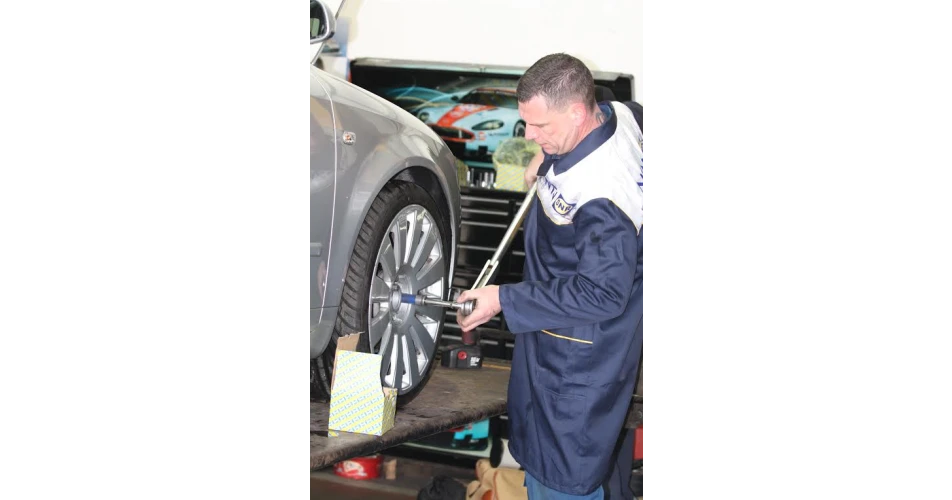Leading OE and aftermarket parts supplier NTN-SNR is highlighting the importance of ensuring that the correct torque settings are used when fitting replacement wheel bearings. The company says that incorrect torque is one of the biggest causes of bearing failure, but is something that can be easily avoided by following some simple common sense steps.
Mark Kidd of NTN-SNR says, "If a cylinder head is being fitted the technicians will always tighten the head bolts to the correct torque, yet when it comes to a wheel bearing replacement many use far too much guess work.”
Mark points out that bearings are designed to operate within a set torque and if this is not adhered to problems will result. He comments, "The bearing is a friction reducing component, if the bearing is over tightened it becomes a friction producing component which is the complete opposite of its normal function. The friction causes high levels of heat within the bearing leading to the bearing seizing and in some cases even melting certain parts of the bearing, this can also cause damage to the hub and stub axle”.
Serious problems can also develop when bearings are under torqued, Mark says, "If the torque is too low it can lead to the rolling elements (balls or rollers) running on the incorrect part of the raceway, causing the rolling elements (balls or rollers) to be forced on to the sharp outer edges of the raceway causing damage to the rolling elements. It will also push the rolling elements in to the rear of the seal forcing it out of the bearing, this leads to grease leakage and damage to the ASB encoder fitted to the seal. This normally leads to ASB faults, traction control problems etc. and a greatly reduced operating life for the bearing. He adds "many bearings now require a very high torque, especially on some Audi and BMW models, so technicians need to be aware of this.”
NTN-SNR provides vital assistance to technicians by printing the torque setting information on the wheel bearing kit ID label. This allows technicians to easily identify the required torque and apply it to the bearing. The wheel bearing specialist also recommends that air guns should not used for tightening wheel bearings as it damages the rolling elements and raceways which normally results in a noisy bearing. Mark says, "the best way to ensure correct tightening is to initially tighten with a hand tool whilst spinning the wheel, then apply the final torque with a calibrated torque wrench as indicated on the box with the vehicles wheel back on the ground. These simple steps will help insure the bearings performance and service life.”
For more information visit www.ntn-snr.com
 Incorrect torque is one of the biggest causes of bearing failure, but can be easily avoided by following some simple steps
Incorrect torque is one of the biggest causes of bearing failure, but can be easily avoided by following some simple steps